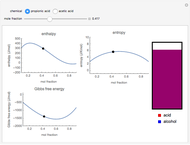
China is the world's largest tilapia farming and supplying country (China Agriculture Press, 2020). It has high economic value, and its data are supported by key scientific research. Tilapia, also known as the African crucian carp, is a freshwater farmed fish cultivated worldwide by the aquaculture industry. However, no significant difference was observed in the groups exposed to 10 and 20 G of magnetic fields. A magnetic field strength of 50 G was the most effective for the abdominal and tail samples.

The effect on the back samples was more prominent when the fish were exposed to the magnetic field strength of 40 or 50 G. However, the impact of the magnetic field on the quality of the frozen tilapia did not change with an increase in the magnetic field strength. The felled muscle tissue decreased, the fractal dimension value increased, the hardness decreased, and the elasticity increased. The results showed that when the magnetic field was applied to assist freezing, the frozen quality of the tilapia was significantly improved, and the water separation and residual damage were reduced. A correlation analysis for the fish films after treating with different magnetic field strengths was carried out. Alternating magnetic fields of 10 G, 20 G, 30 G, 40 G, and 50 G were applied during a low-temperature freezing treatment on the back, abdomen, and tail of tilapia.

In this study, we determined the effect of a magnetic field applied during refrigeration in improving the quality of frozen tilapia.


 0 kommentar(er)
0 kommentar(er)
